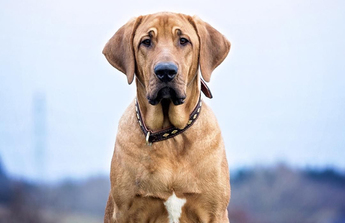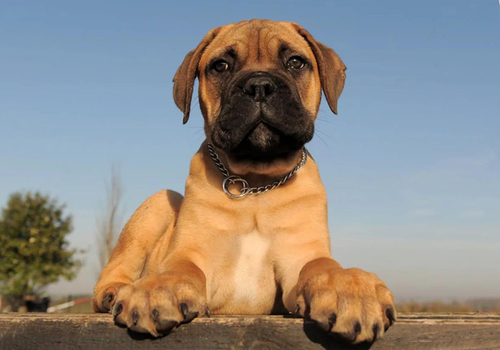It is thought that dogs of this "type" have been around for hundreds of years both in England and elsewhere in Europe. They were highly prized for their hunting and guarding abilities. The Bullmastiff came about by crossing Mastiff type dogs with Bulldogs, but back in the 17th and 18th centuries, they did not look like the modern Bullmastiff we see today with dogs looking looked more like a Staffordshire Bull Terrier back then. They were a popular choice with gamekeepers who needed strong, powerful-looking dogs to help them keep poachers at bay.
It is thought the Bullmastiff has the Molosser and the Alaunt in their lineage and that these two dogs were introduced to Britain around two thousand years ago. The Bullmastiff, however, was created by crossing them withOld English Bulldogsbecause gamekeepers in the day wanted a strong, robust dog that was capable of not only guarding large flocks of livestock but also of keeping poachers away. Over the years, these courageous, loyal dogs found their way into other environments which saw them working as sentries, guards as well as working alongside the police and the military
However, it's also thought that over time other dogs were used to develop the breed which includesBloodhounds,St BernardsandGreat Danes. Efforts were made to standardize the breed in the early twentieth century with enthusiasts promoting the breed as much as they could. However, the Bullmastiff was only recognized as a breed in 1925. That same year, the British Bullmastiff League was formed although at the time it was known as the Midland Bullmastiff Club and the first official breed standard was established.
Although the dogs we see today do not resemble the first Bullmastiffs that were bred back in the day, their intelligence, their high spirit and the devotion they show towards their owners remain the same which is just one of the reasons why the breed continues to be a popular choice with people the world over.











